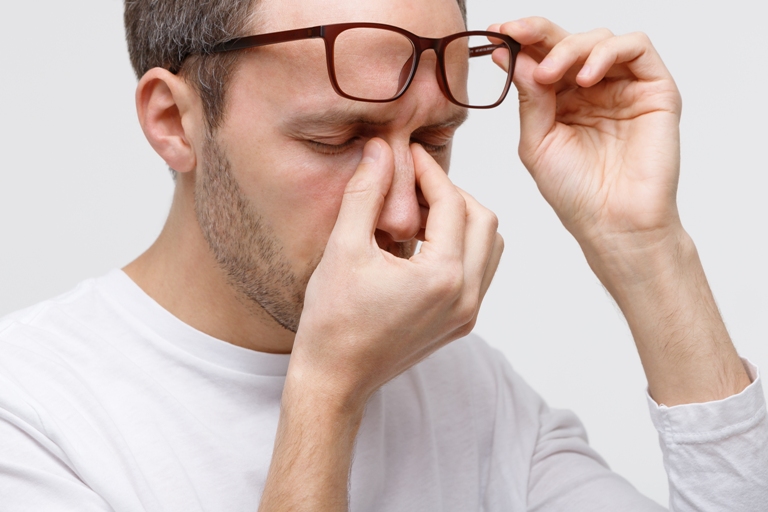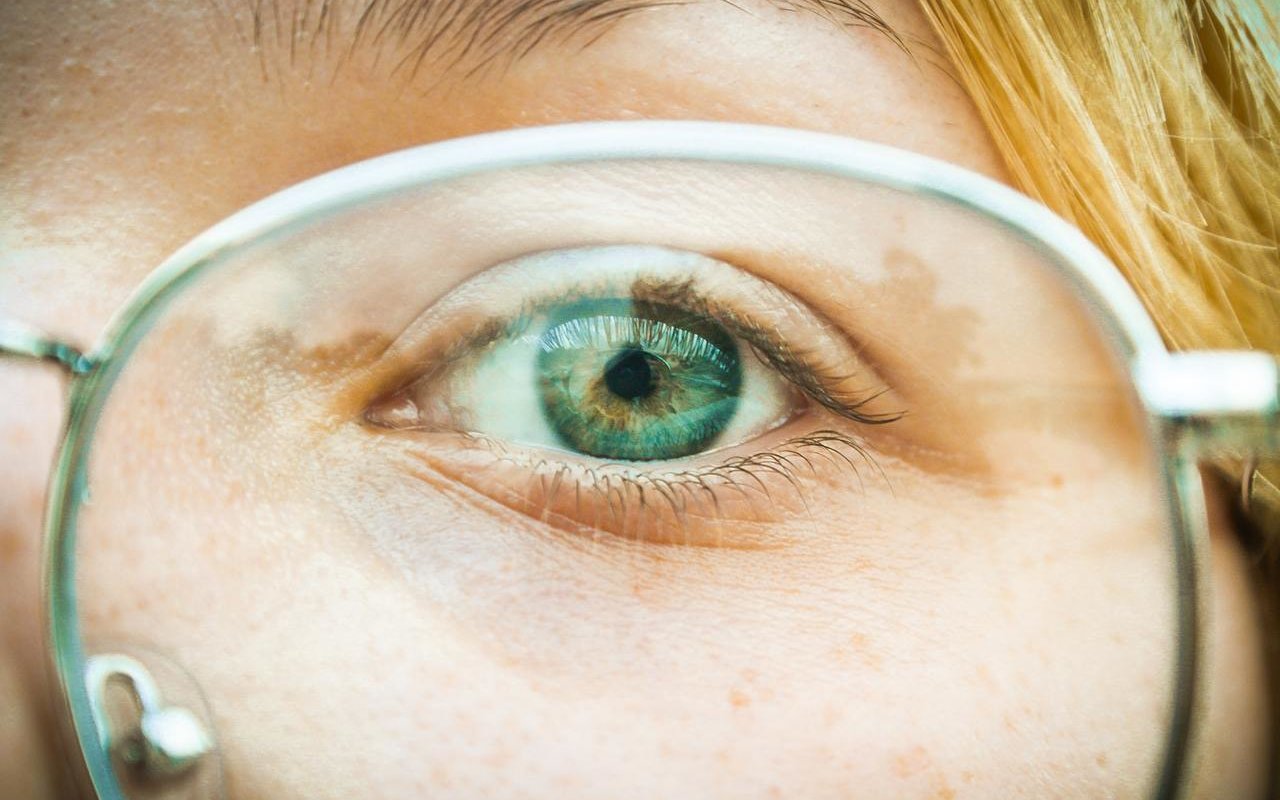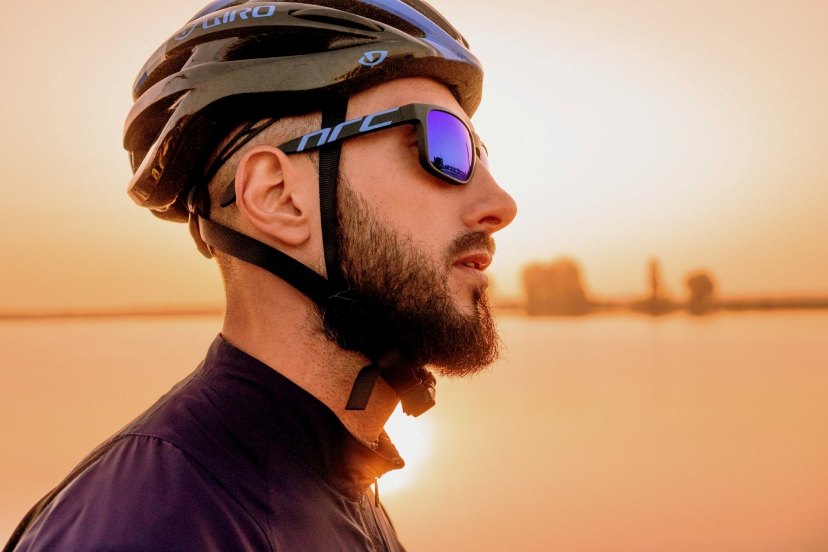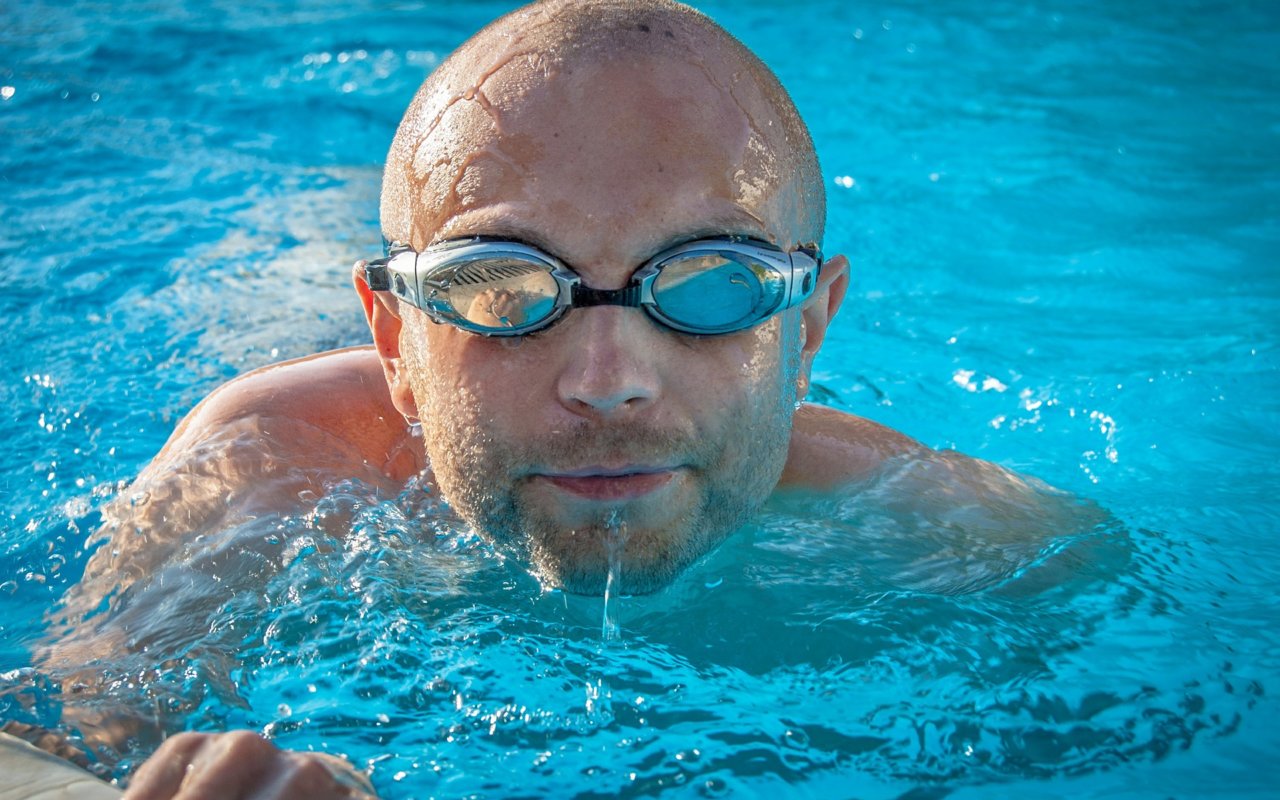It’s not every day that you see people talking about interesting facts about eyesight. But how much do you know about your eye health? There are some who are blessed with perfect 20/20 vision, while others are completely blind. But what about people with certain eye conditions? How can you tell if you have poor vision at all?
Imagine driving down a dimly lit road at night and seeing lights that seem to stretch out in unusual ways. For people with astigmatism, this is a common occurrence that can not only be frustrating but also potentially dangerous. Astigmatism lights appear streaky, blurry, or haloed, and this can severely impair your ability to drive safely at night. So what exactly is astigmatism, and how can you take measures to ensure that your night driving experience is as safe as possible?
In this article, we’ll explore the answers to these questions and provide you with some practical tips to help you drive safely with astigmatism.
Astigmatism vs Normal – How do people with Astigmatism see?
People with astigmatism see differently than those with normal vision. They may experience blurry or distorted vision at all distances, which can make it difficult to read, drive, or perform other activities that require clear vision. In particular, people with astigmatism often have difficulty with night driving due to the glare of oncoming headlights.
Astigmatism can cause images to appear stretched, skewed, or tilted, which can make it hard to identify shapes or read letters on a page. People with astigmatism may also experience eye strain, headaches, or eye fatigue as their eyes work harder to compensate for the vision problem. The severity of astigmatism varies from person to person. In some cases, it may be so mild that it doesn’t require treatment, while in others, it may cause significant vision problems.
What Does Astigmatism Look Like?

Astigmatism lights – Halos, fuzzy vision & streaky lights cause issues with driving at night with astigmatism
Due to Astigmatism, the misshapen cornea or lens doesn’t allow proper light intake in your eyes. This common refractive error results in light getting scattered instead of focusing on your retina, potentially causing blurred vision. Therefore, if you have astigmatism, you need to squint your eyes more. You may also find yourself reducing the glare of the things in front of you whenever possible.
And the interesting part is that people born with astigmatism may never know this difference until someone points that out to them. But if you are amongst those who developed astigmatism over time, you will gradually, if not instantly, know that something is wrong with your vision. It’s easy to spot the difference between astigmatism vision vs. normal vision.
Astigmatism lights notoriously appear
- hazy with holes
- with excessive glare
- streaky
- blurry or fuzzy
That Viral Tweet from 2019 illustrating how people with astigmatism see – How accurate is it?
This Twitter post from 2019 spread like wildfire and fuelled responses from around the world. It made people question their eyesight. It depicted what vision with astigmatism looks like vs vision without astigmatism.
Image Source: Unusual Facts
In the first image, the light from the brake lights and traffic signs appear distorted, stretching into a wide, starburst shape. This indicated what astigmatism vision looks like. In the second image, the lights coming off of the traffic light appear softer and have a halo shape, which represents clear vision.
This tweet gathered over 80,000 reactions and led many to suspect they had undiagnosed astigmatism. Most of the people who reacted thought the image on the left was a representation of perfect vision, and the results shocked them. Some people with glasses thought the distorted vision was actually a normal condition.
However, journalists from BuzzFeed clarified with the eye doctors, that there is no single image that can accurately represent astigmatism or diagnose its presence. Only a qualified optometrist or ophthalmologist can diagnose astigmatism. The image in the tweet could be attributed to common causes like glare or dry eyes. The main message here is to avoid self-diagnosing based on online information or images and instead, seek professional advice from an eye doctor to receive the appropriate treatment for your eyes.
Driving at Night With Astigmatism
By now, you may understand what astigmatism vision looks like at night if the processing of lights is so distorted normally. Yes, astigmatism gets pretty much worse at night. Specifically, it’s scary to drive at night with astigmatism.
Unlike daytime, there is more darkness all around at night. So naturally, your pupils dilate to allow more light inside the eye. But with astigmatism, more light means more glare. The traffic lights, street lights, and headlights of other vehicles help people with normal vision navigate the roads at night. However, astigmatism vision can make it harder to distinguish between different types of light sources mentioned above. This can make driving at night particularly challenging for people with astigmatism.
Now you know the different effects of astigmatism at night vs. normal daytime. It’s much worse and more confusing during the night. In the next section, let’s deep dive into the solution for people driving with astigmatism at night. Keep reading if you are one of them!
Solutions for Safely Driving at Night With Astigmatism
Your eye doctor will agree that the following solutions help combat astigmatism lights at night while driving.
-
Get Your Vision Corrected
Getting your vision corrected is essential since most critical decisions made by drivers are based on sight. Many drivers aren’t aware of the relationship between good vision and good driving, especially if you drive at night.
There are two vision correction options to make life easy for you. The first one is glasses. It’s a proven solution for astigmatism at night. Otherwise, you can get toric lenses. However, you may need some time to get used to them. Schedule an eye exam with your eye doctor and figure out what works best for you.
-
Wear Anti-Reflector Glasses
If you choose good old glasses to address astigmatism at night, get the anti-reflector glasses. They are much less likely to intensify glare than other corrective lenses. They can also help cut down on poor vision in low light, helping manage refractive errors and making it easier for you to drive at night.
If you are already comfortable with wearing glasses, try the anti-reflector ones and know the difference.
-
Use Contact Moisturizing Drops
Having to deal with painful, irritated eyes while driving can be not only annoying but also dangerous. Toric lenses for astigmatism often result in dry eyes. Driving at night can also result in a glare that reflects off the dry, irregular surface of the cornea.
If you wear contact lenses to correct astigmatism, use contact moisturizing drops to prevent drying your toric lenses.
LASIK eye surgery refers to laser eye surgery and vision correction. It’s considered the permanent solution to the everyday annoyances of dealing with corrective lenses when you have astigmatism.
With a quick recovery rate, LASIK eye surgery can save you money on the annual costs of glasses and contact lenses. And more importantly, it will help you with a better vision to allow you to drive safely.
Related Post: How to Fix Astigmatism Naturally With Food & a Healthy Lifestyle
Additional Tips That May Help With Your Astigmatism Night Driving
- Adjust your headlights: Make sure your headlights are properly aligned and aimed, as misaligned headlights can make it harder to see while driving at night.
- Clean your windshield and headlights: Dirt and grime on your windshield and headlights can cause glare and reduce visibility. Regularly clean both to ensure optimal visibility.
- Reduce interior lights: Bright interior lights can reflect on your windshield and make it difficult to see. Dim your dashboard lights and avoid using your phone or other bright devices while driving.
- Slow down: Driving at a slower speed can give you more time to react to unexpected situations and reduce the risk of accidents.
- Take breaks: If you feel tired or have blurry vision, take a break and rest your eyes. This can help reduce eye strain and improve your ability to see while driving.
Parting Words
Driving at night with astigmatism is a severe life hazard. Therefore, you must not only do your own vision analysis. You also must show these pictures to your family members and loved ones to check which image they identify with.
The issue of astigmatism lights can easily be resolved with solutions like glasses, toric lenses, and LASIK eye surgery. Also, an eye exam is important not just to correct astigmatism vision but it is to safeguard your overall health and wellness.
Don’t put it off any longer. A doctor of optometry can diagnose astigmatism. Call us at 559-449-5050 or schedule an appointment at InSight Vision Center in Fresno, CA, with an experienced optometrist to correct your vision.
FAQs About Astigmatism Lights
If you have untreated astigmatism, lights may appear streaky, hazy, haloed, or ringed by a starburst pattern. This can have a significant negative impact on your night driving abilities and make it challenging to see well in low light.
Astigmatism patients may be sensitive to light, especially in a bright environment. This is because astigmatism can make it uncomfortable and sensitive for the eyes to focus on light. However, not everyone who has astigmatism suffers from light sensitivity, as it might differ based on the person's particular condition.
Wearing astigmatism-correcting eyewear, such as glasses or contact lenses, can greatly enhance visual clarity and lessen light distortion.
Starbursts around lights can be a common symptom of astigmatism or other vision issues, caused by the irregular shape of the cornea or lens in the eye. For an accurate diagnosis and treatment, it's crucial to visit an eye doctor.
Astigmatism can be corrected by Lasik. However, it is crucial to consult with an ophthalmologist to find out if you are a suitable candidate for the procedure.












